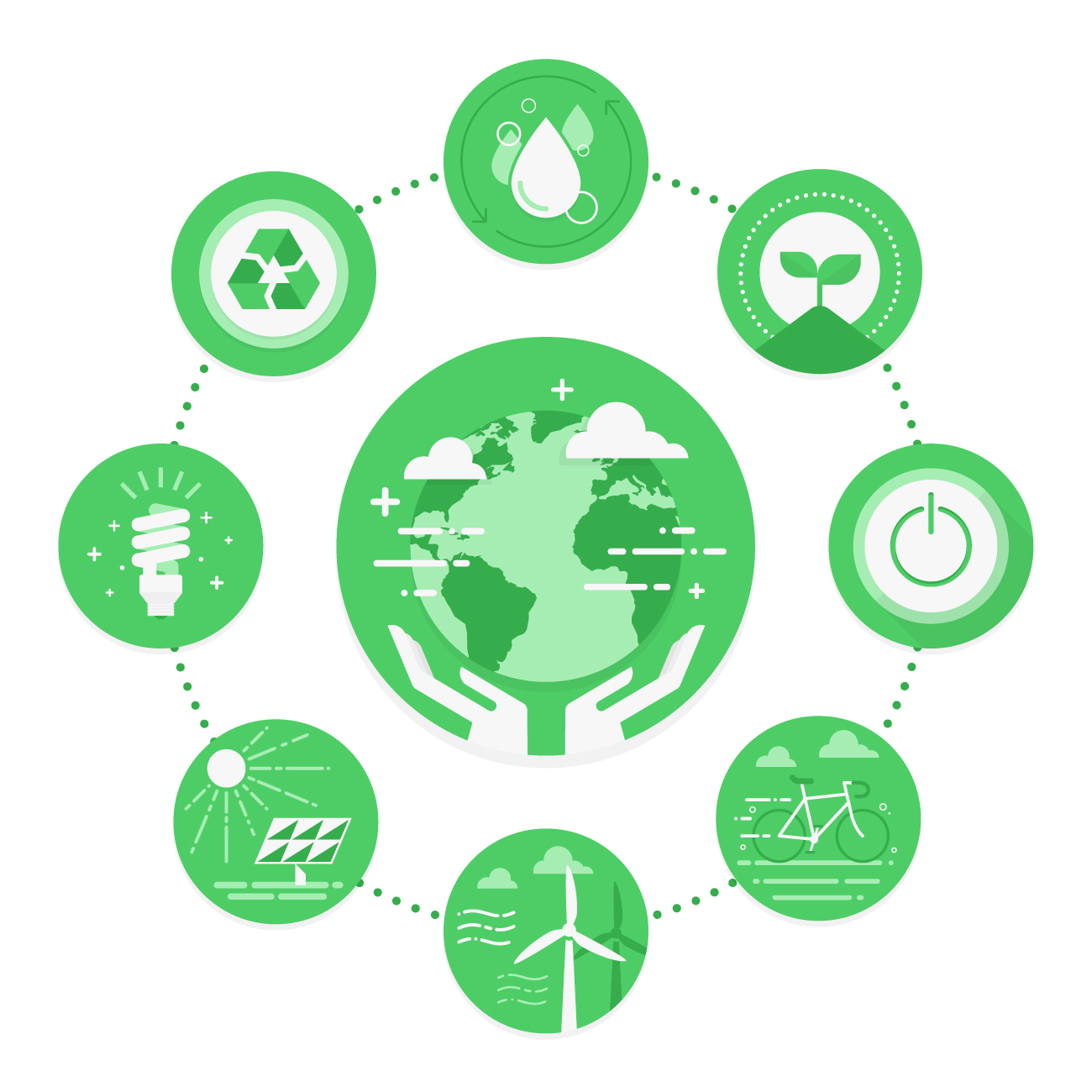CBP’s Green Trade Strategy and EPA’s Efforts to Reduce HFCs

In today’s rapidly changing world, the need for environmental protection and sustainability has never been more critical. US Customs and Partner Government Agencies are therefore taking measures to reduce their environmental footprint, protect the environment, and promote green trade. In this blog post, we’ll simplify and discuss two significant developments: CBP’s Green Trade Strategy and the EPA’s actions related to Hydrofluorocarbons (HFCs).
CBP’s Green Trade Strategy
Customs and Border Protection (CBP) is focusing on its Green Trade Strategy, which involves three key elements:
- Being Green: CBP is working to reduce its own environmental footprint, making its operations more eco-friendly. This includes energy-efficient practices and reducing waste.
- Doing Green: CBP aims to facilitate green trade, making it easier for businesses to engage in environmentally friendly practices when importing and exporting goods. This supports the global initiative to protect our planet.
- Innovating for Sustainability: CBP is exploring innovative ideas to excel in sustainability. This includes testing new approaches and technologies that align with the United Nations Sustainable Development Goals.
By implementing these measures, CBP is contributing to progress on the United Nations Sustainable Development Goals related to environmental protection and sustainability.
EPA’s Actions on HFCs
The U.S. Environmental Protection Agency (EPA) is taking significant steps to address Hydrofluorocarbons (HFCs), which are potent greenhouse gases. Here’s a simplified breakdown of their recent actions:
- Tariff Flag Guidance: EPA has provided guidance on the tariff flags for HFCs, which are used to identify and regulate these substances. This guidance includes specific requirements for reporting HFC data.
- Final HFC Technology Transition Rule: On October 24, EPA introduced a rule to phase down the production and use of HFCs. This rule restricts the use of HFCs in new refrigeration, heating, and cooling equipment in various product sectors, making way for more environmentally friendly alternatives.
- Implementation Schedule: The new restrictions will be rolled out between 2025 and 2028, depending on the product. This rule doesn’t impose specific allocations or require advance notification from importers. Instead, it mandates manufacturers and importers to report HFC-related data directly to the EPA.
- Sectors Affected: Starting from January 1, 2025, HFCs will be restricted in various sectors, including refrigerated transport, certain household appliances, and more, based on their Global Warming Potential (GWP).
In summary, these EPA measures are designed to speed up the transition to climate-safe technologies and reduce the use of HFCs, which have a significant impact on global warming.
By simplifying these initiatives, we hope to shed light on the efforts being made to protect the environment and promote sustainability in international trade and the reduction of harmful greenhouse gases. These actions are essential steps towards a greener and more sustainable future.
If you want to stay up to date with CBP matters and ensure your business is in compliance with these vital regulations, consider reaching out to McNeese Customs & Commerce. Our expert guidance and support can help you navigate the complexities of international trade regulations, including CBP’s initiatives, and ensure your success in the American market.
